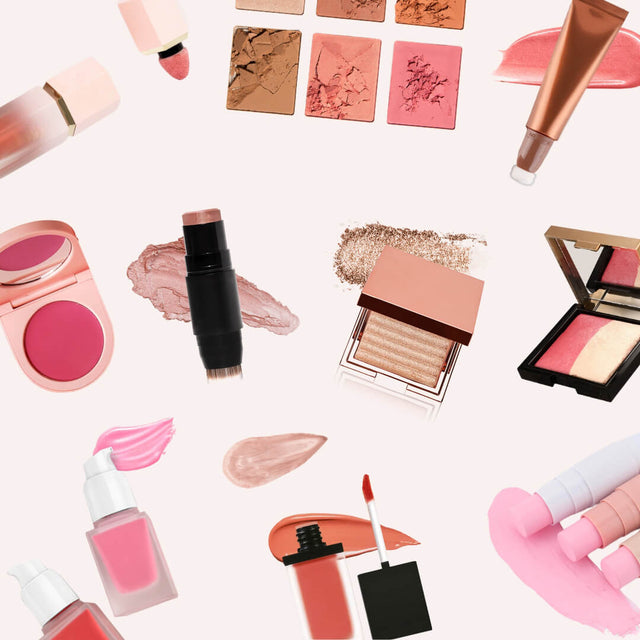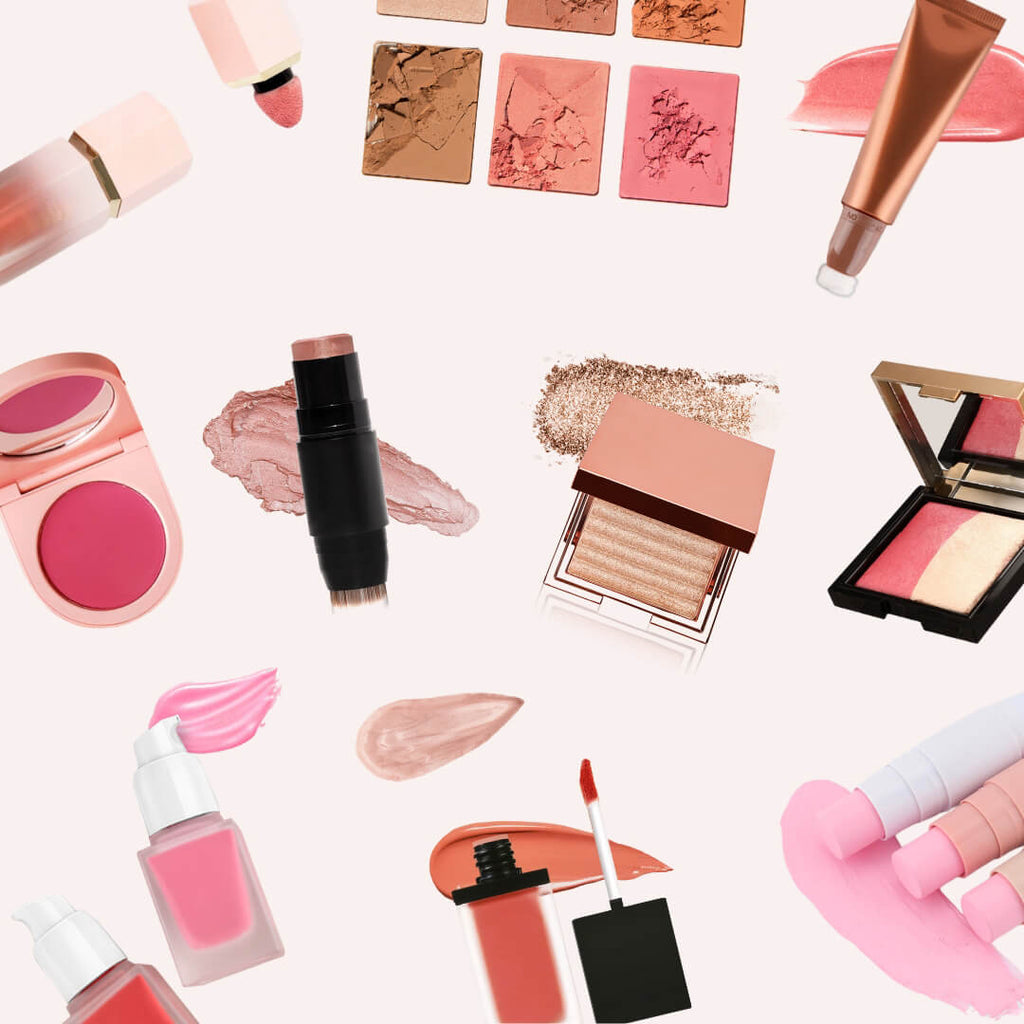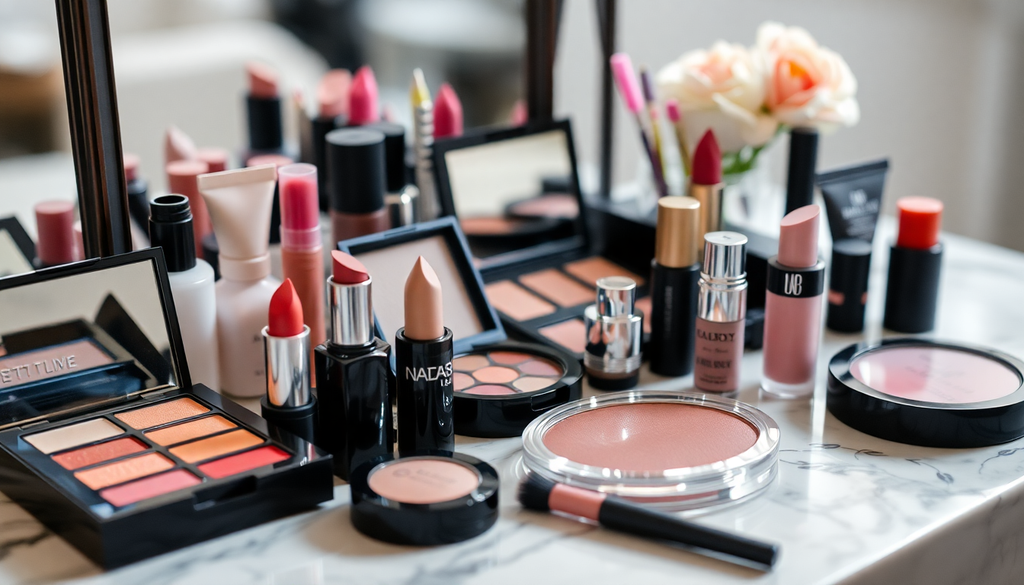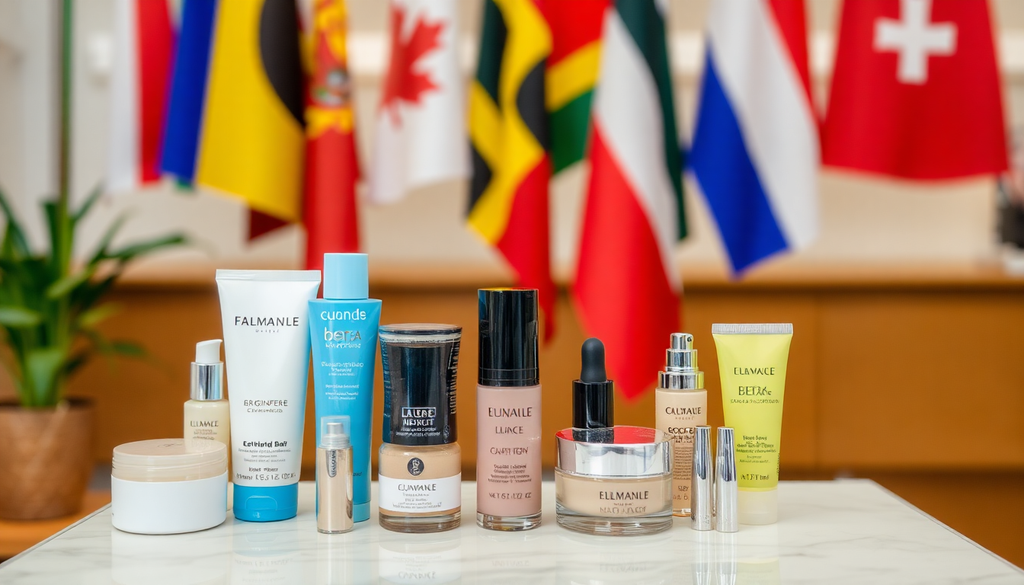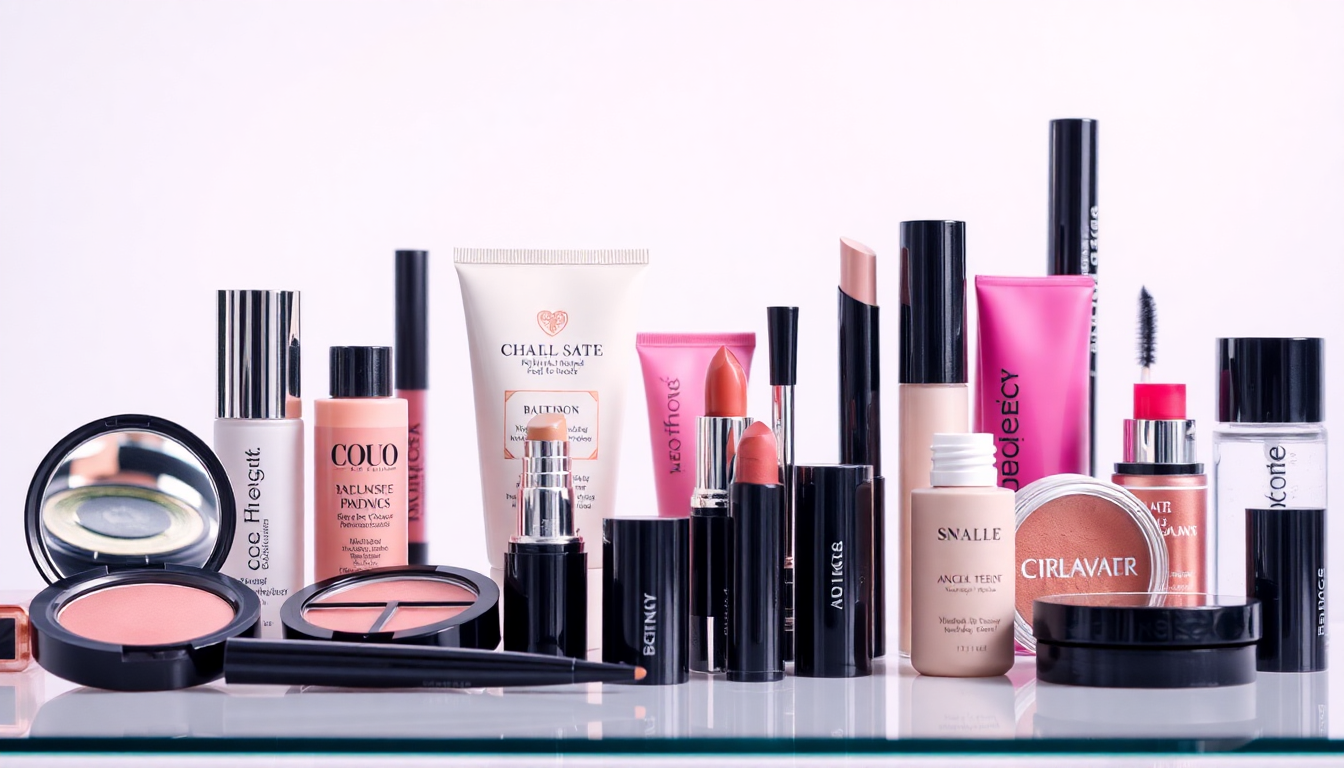
How to Successfully Launch Your Makeup Brand in 2025: Market-Specific Strategies and Innovative Trends for Each Country
Introduction
Launching a makeup brand in 2025 presents a myriad of opportunities, thanks to the evolving beauty landscape and changing consumer preferences. The global makeup industry is projected to continue its upward trajectory, driven by innovation, sustainability, and the influence of social media. In this article, we will guide you through market-specific strategies and innovative trends for each country, ensuring your brand stands out in a competitive environment.
Understanding Global Makeup Trends
Before diving into specific markets, it's essential to grasp the overarching trends shaping the makeup industry:
- Sustainability: Consumers are increasingly favoring eco-friendly packaging and cruelty-free products, pushing brands to adopt sustainable practices.
- Diversity and Inclusion: Brands that cater to a wide range of skin tones and types are gaining traction, reflecting the need for representation.
- Tech Integration: Augmented reality (AR) and virtual try-ons are becoming essential tools for customer engagement, allowing consumers to visualize products before purchase.
- Clean Beauty: The demand for non-toxic, clean ingredients is rising, with consumers becoming more ingredient-conscious.
- Minimalist Makeup: There is a growing trend toward minimalism, with consumers opting for fewer products that deliver multiple benefits.
Market-Specific Strategies
1. United States
The U.S. market is known for its competitive landscape. To successfully launch your makeup brand here:
- Social Media Marketing: Focus on platforms like Instagram and TikTok, where beauty influencers thrive. Create engaging content that showcases your products in action.
- Collaborate with Influencers: Consider partnering with micro-influencers to build authentic connections with niche audiences. Their followers often trust their recommendations more than larger influencers.
- Compliance with Regulations: Ensure compliance with FDA regulations on cosmetics, including labeling guidelines, ingredient safety, and marketing claims.
- Participate in Trade Shows: Attend beauty trade shows such as Cosmoprof North America to network and gain exposure within the industry.
- Utilize Data Analytics: Leverage tools to analyze customer behavior and preferences, allowing you to tailor your offerings effectively.
2. United Kingdom
The UK beauty market is characterized by its appreciation for innovation and quality. Key strategies include:
- Unique Formulations: Introduce unique formulations or innovative product types, such as customizable makeup kits or multi-use products that appeal to the busy consumer.
- Influencer Partnerships: Leverage influencer partnerships on platforms like YouTube, where makeup tutorials are popular. Create affiliate programs to incentivize influencers to promote your products.
- Regulatory Awareness: Be aware of UK cosmetic regulations, including the requirement for a Product Information File (PIF) that details the safety of your products.
- Focus on Quality: Emphasize the quality and effectiveness of your products through clinical trials or endorsements from dermatologists.
- Engage in Community Events: Participate in local beauty events and festivals to build brand recognition and connect with potential customers.
3. Canada
Canada's diverse population means a variety of preferences. To appeal to Canadian consumers:
- Inclusivity in Product Range: Highlight inclusivity in your product range, catering to different skin tones and types. Consider creating shades that are specifically formulated for diverse demographics.
- Local Influencers: Engage with local beauty influencers to promote authenticity and build trust. Their insights can also help tailor your offerings to local preferences.
- Health Canada Regulations: Understand Health Canada’s regulations regarding cosmetic products and labeling, ensuring that your products meet safety and efficacy standards.
- Offer Promotions: Launch special promotions during Canadian holidays to connect with customers and boost sales.
- Utilize E-commerce Platforms: Consider platforms like Shopify that cater well to Canadian entrepreneurs and facilitate smooth online transactions.
4. Australia
Australia's beauty market is rapidly growing. To make an impact:
- Natural Ingredients: Emphasize natural ingredients and sustainability, resonating with eco-conscious consumers who prefer products that are good for their skin and the environment.
- Targeted Social Media Ads: Utilize social media ads targeted at younger demographics, particularly on Instagram and TikTok, where beauty trends often emerge.
- Compliance with ACCC Guidelines: Ensure compliance with the Australian Competition and Consumer Commission (ACCC) guidelines for product claims and marketing practices.
- Build a Community: Create an online community where users can share their experiences and tips about your products, fostering brand loyalty.
- Leverage Influencer Marketing: Work with local influencers who can authentically promote your brand and help you reach a wider audience.
5. South Korea
South Korea is a trendsetter in the beauty industry. To successfully launch your brand:
- Innovative Packaging: Adopt innovative packaging and formulations, as Korean consumers appreciate unique aesthetics and user experiences.
- K-Beauty Influencers: Engage with K-beauty influencers who can help introduce your brand to local audiences, ensuring authenticity in your marketing.
- Regulatory Compliance: Familiarize yourself with the strict regulations set by the Ministry of Food and Drug Safety (MFDS) and ensure that your products meet these standards.
- Embrace Cutting-Edge Trends: Stay ahead by incorporating trending ingredients like snail mucin or fermented extracts that appeal to the Korean market.
- Utilize Online Marketplaces: Leverage platforms like Coupang and Gmarket to reach a broader audience in South Korea.
6. Japan
Japan's beauty market values quality and uniqueness. Key strategies include:
- High-Quality Ingredients: Focus on high-quality ingredients and beautiful packaging that appeals to Japanese consumers' aesthetic sensibilities.
- Local Marketing Platforms: Utilize local platforms for marketing, such as LINE and Instagram, to connect with your target audience.
- Understanding Regulations: Understand the Japanese regulations on cosmetics, which include a need for a notification system and ingredient restrictions. Compliance is crucial for market entry.
- Offer Exclusive Products: Consider launching limited-edition products or collaborations with Japanese artists to create buzz.
- Engagement through Education: Educate consumers on the benefits of your products through workshops or online tutorials, as Japanese consumers value knowledge and expertise.
7. Brazil
Brazil's diverse beauty market offers exciting opportunities. To succeed:
- Cultural Diversity in Marketing: Highlight cultural diversity in your marketing campaigns, showcasing products for various skin tones and types.
- Local Influencer Engagement: Engage with local beauty influencers who are trusted by Brazilian consumers, as their endorsements can significantly influence purchasing decisions.
- Understanding ANVISA Regulations: Be aware of ANVISA regulations for cosmetic products, ensuring compliance with local laws regarding safety and labeling.
- Promotions on Local Holidays: Tailor your marketing and promotions around Brazilian holidays, such as Carnival, to capture the festive spirit.
- Focus on Natural Products: Brazilian consumers are increasingly looking for natural and organic beauty products, so consider incorporating these elements into your offerings.
Setting Up Your Online Store
To efficiently sell your makeup products online, consider the following:
- Choose an E-commerce Platform: Select a user-friendly e-commerce platform that supports international shipping and provides a seamless shopping experience.
- High-Quality Product Photography: Invest in high-quality product photography and detailed descriptions to attract customers. Visual appeal is crucial in the beauty industry.
- Implement SEO Strategies: Utilize SEO strategies to increase visibility and reach your target audience. Focus on keywords relevant to your products and brand.
- Provide Exceptional Customer Service: Ensure responsive customer service through chatbots or live support to assist customers with their inquiries.
- Utilize Email Marketing: Build an email list to keep customers informed about new product launches, promotions, and exclusive offers.
Innovative Marketing Techniques
As you launch your brand, consider implementing innovative marketing techniques to engage with consumers:
- Virtual Try-Ons: Use augmented reality technology to allow customers to virtually try on products before purchasing.
- Subscription Boxes: Create subscription box services that deliver curated products to customers monthly, fostering brand loyalty.
- User-Generated Content: Encourage customers to share their makeup looks using your products on social media, creating a community around your brand.
- Interactive Content: Develop quizzes or interactive content that helps consumers find their perfect products based on their preferences.
- Sustainability Initiatives: Launch initiatives that promote sustainability, such as recycling programs for packaging or a percentage of profits donated to environmental causes.
Conclusion
Launching a makeup brand in 2025 requires a firm understanding of market specifics, innovative trends, and compliance with local regulations. By employing targeted strategies for each country and embracing the latest trends, you can successfully carve out a niche for your brand in the global beauty market. Remember, the key to success lies not only in your products but also in how you connect with your audience and adapt to their evolving needs.

